Some Highlights From the Red Road to DC
A photo gallery showcases the power of art to spur activism in defense of sacred places
Photos by Wingspan Media
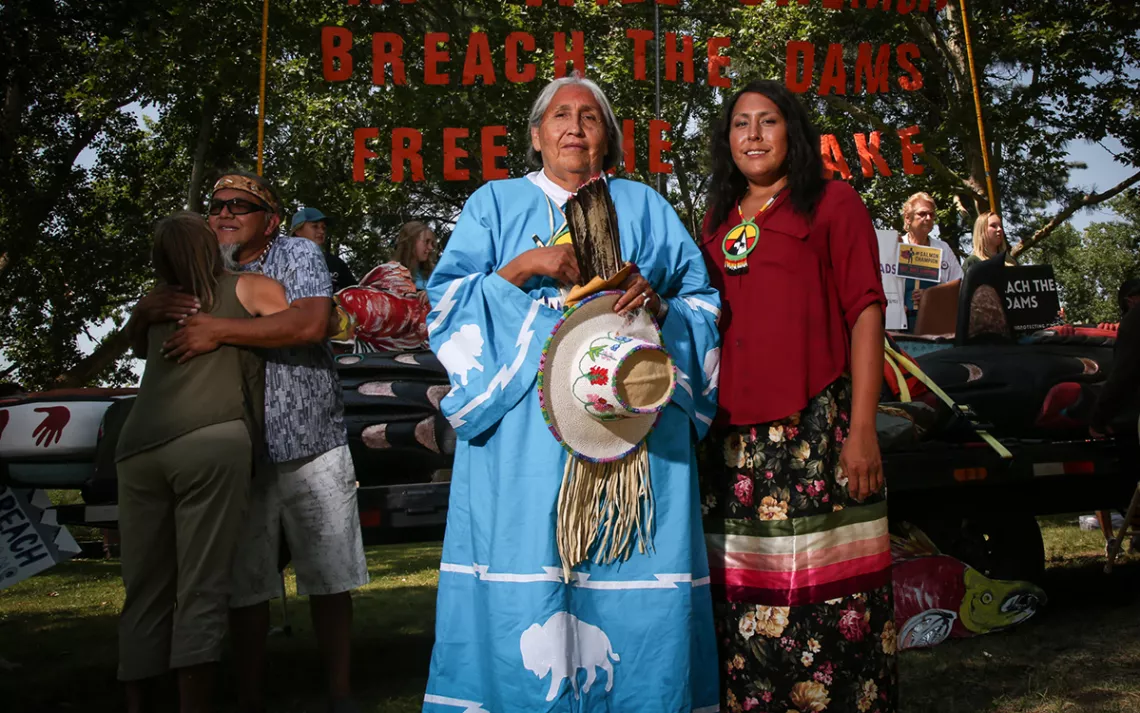
Today in Washington, DC, Interior Secretary Deb Haaland is scheduled to take some time from her many responsibilities to receive a unique piece of art that has spent the past two weeks traveling across the United States. It’s a traditionally carved totem pole, some 25 feet long, weighing nearly 5,000 pounds, and rendered from a 400-year-old cedar tree that once grew near the shores of the Salish Sea in the Pacific Northwest. The pole is the work of Douglas and Jewell James, a pair of sixty-something brothers who are members of the Lummi Nation. Their organization, the House of Tears Carvers, has a nearly 20-year history of using artistry to bring cultures together and to spur activism, protect lands and waters, and defend the sovereignty of Native American nations.
“We’ve witnessed this over 19 years, that coming together in unity and prayer can move mountains. It can stop coal trains. It can stop pipelines,” says Douglas James, who also goes by Sit-Ki-Kadem. “The intention is just sparking inspiration, because they’re trying to take the last pieces of sacred land that we have, and they want to strip it and harvest everything in it.”
This summer’s “Red Road to DC” has sought to use the beautifully carved totem pole to bring attention to the many Indigenous struggles in the United States today. Among them are the fight to restore Bears Ears National Monument, the movement to protect sacred sites in Chaco Canyon from oil and gas drilling and to restore the Black Hills (or Paha Sapa) to the Lakota Nation, and the resistance to the Line 3 Pipeline in the territory of the White Earth Ojibwe.
Here are some visual highlights from the trip, courtesy of Wingspan Media.
*
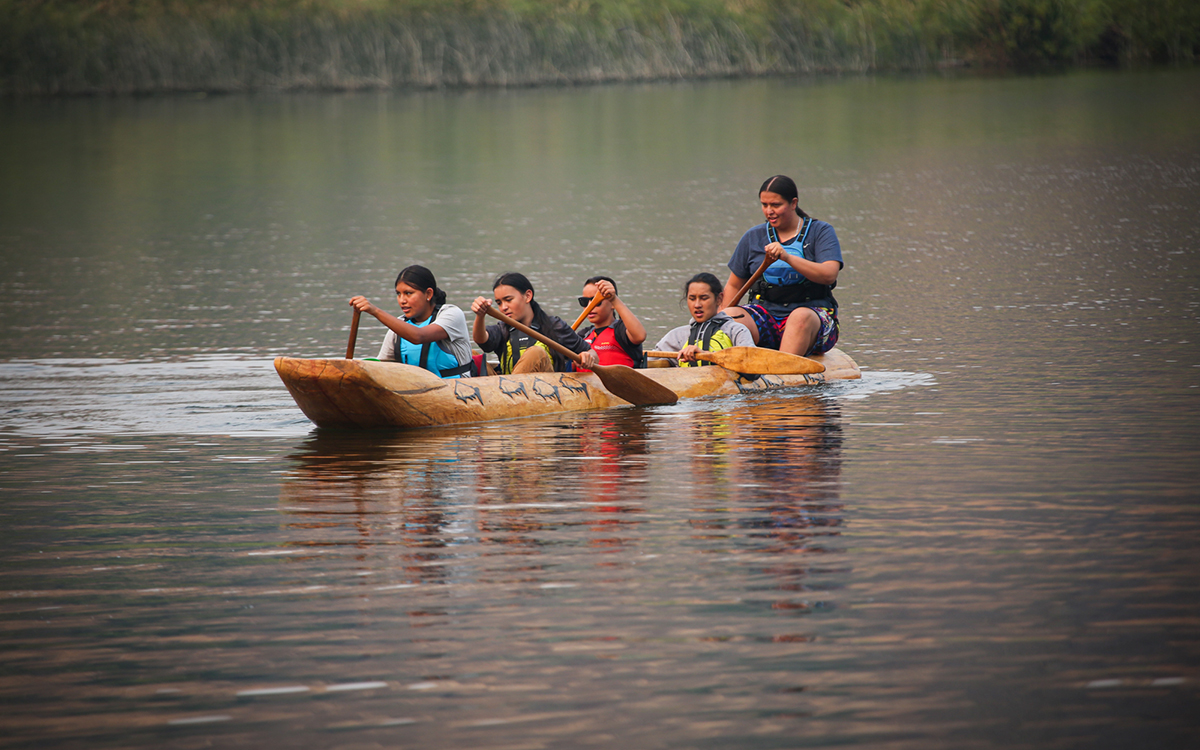
On July 15, the pole made its first official stop of the tour on the banks of the Snake River. For more than 20 years, the Nez Perce Nation (or Nimiipuu, as they refer to themselves) has called for removing the dams on the Snake, a river that once teemed with salmon, steelhead, and lamprey, but whose populations have been hammered by dams and the slack, warm waters that accompany them.
Here, a group of Klamath, Yurok, and Hoopa youths who traveled from northern California and southern Oregon for the event paddle a traditional dugout canoe to help welcome the pole to the Snake River.
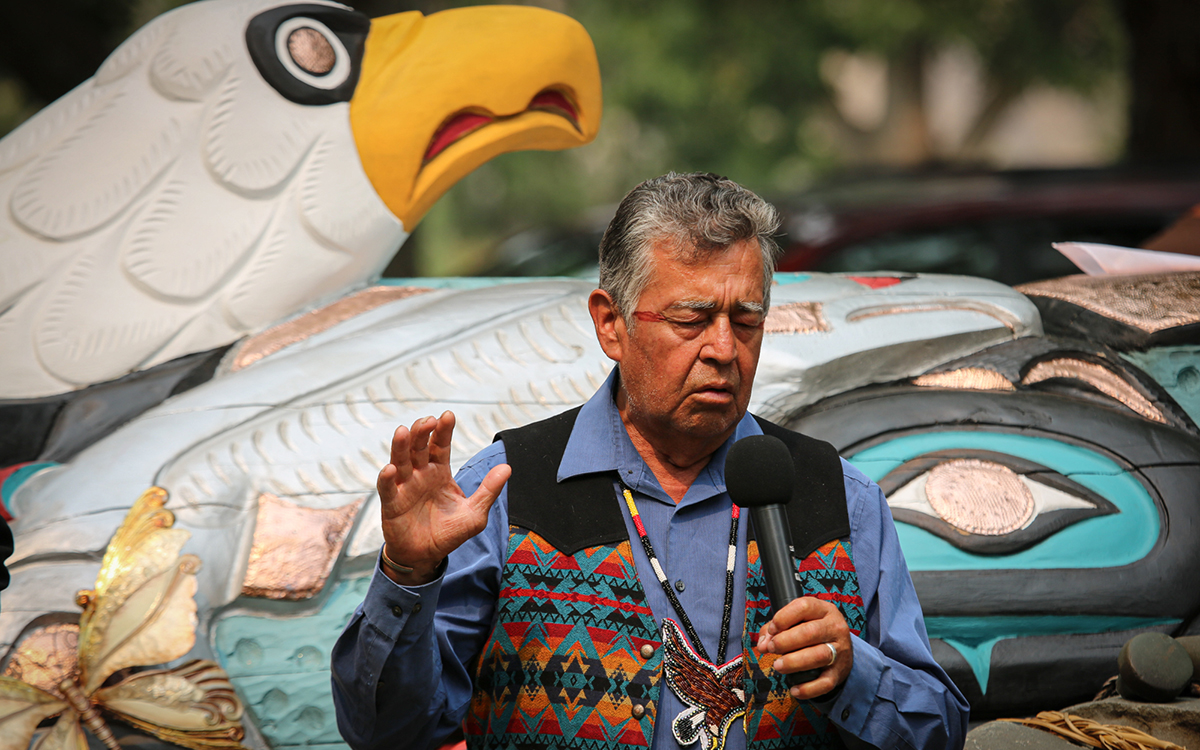
Douglas James, or Sit-Ki-Kadem, offers a prayer and some words at Chief Timothy Park on the banks of the Snake River. “Each and every one of us has an obligation to reach out and let your voice be heard—for those that don’t have a voice, the orcas and the salmon.... If the land can heal, the people will heal.”
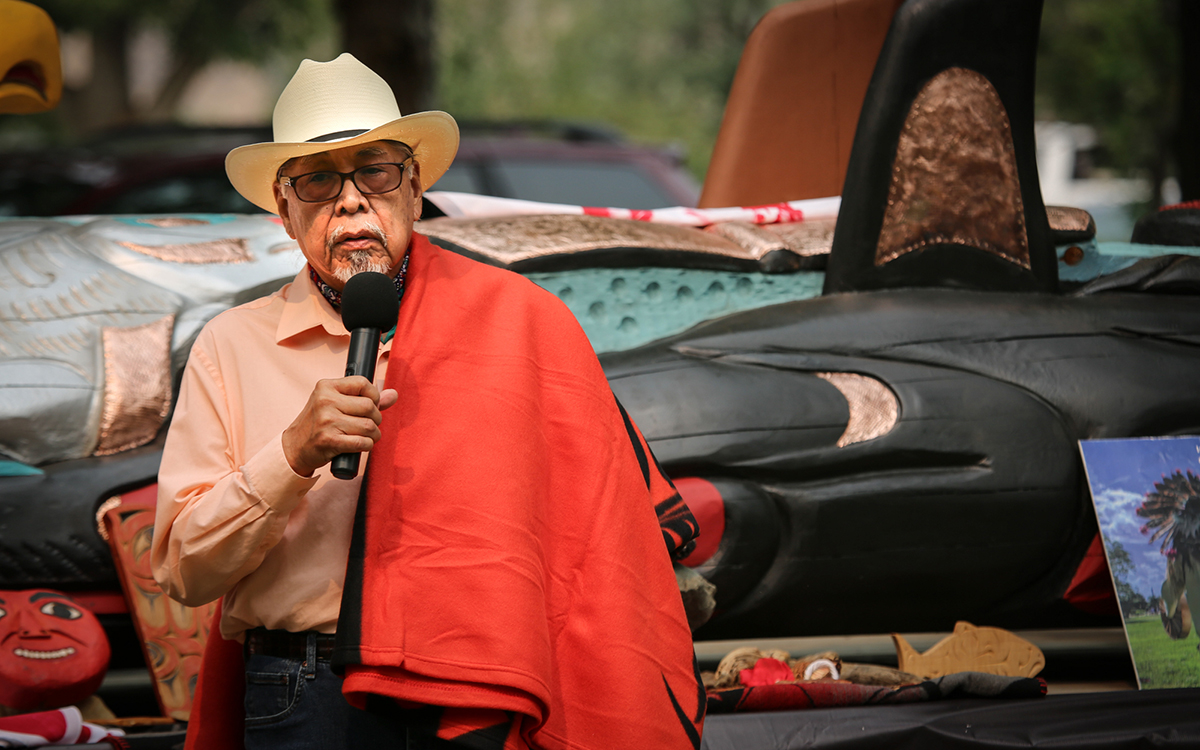
“I recall the Snake before it became dammed,” said Silas Whitman (Lukupt-See-May), a former Nez Perce chairman. “The Snake was a beautiful river. It swirled in some places; in other places, it was slow-moving with pools, lots of beaches.” He continued, “We lost all of those species because [federal government officials] thought they were providing a service to the public. We’ve had insult upon injury through the years.”
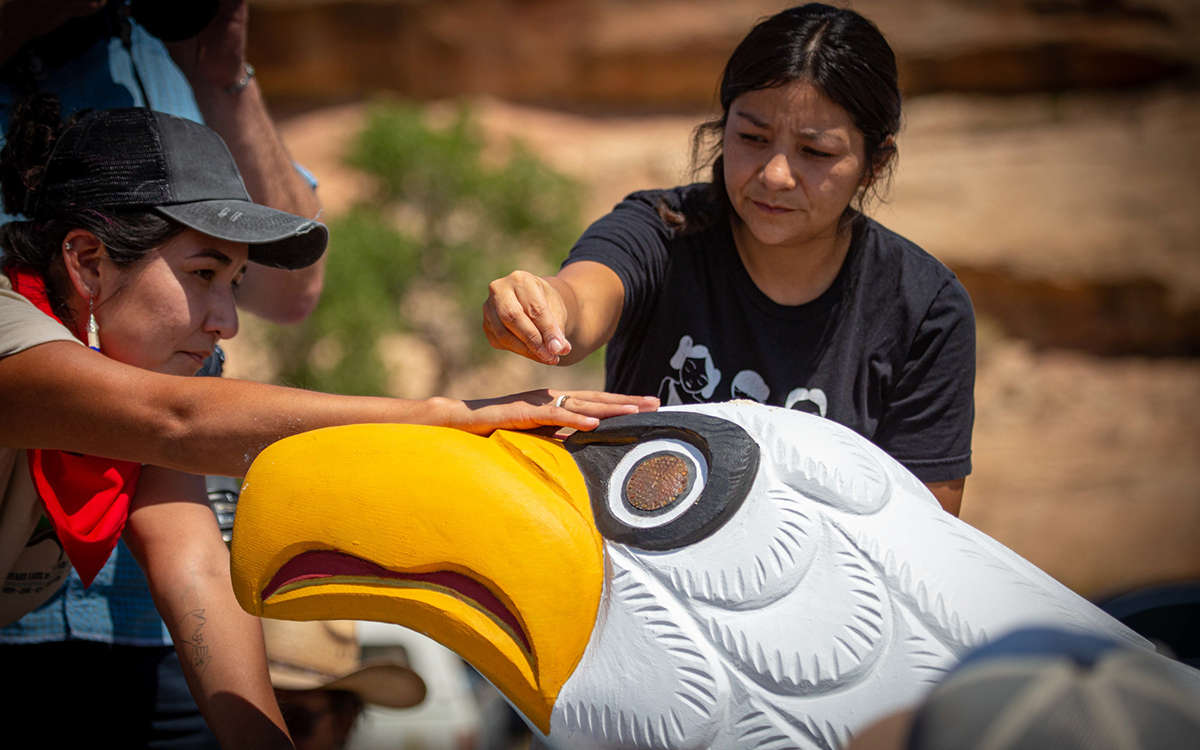
On July 17, the totem pole reached Bears Ears in Utah, a place that is held sacred by the Hopi, Navajo, Ute, and Zuni peoples. The landscape of red rock, juniper, and pinyon is also of great cultural significance. It contains tens of thousands of sacred sites, artifacts, cliff dwellings, and rock paintings—all of which are at risk from vandalism and looting.
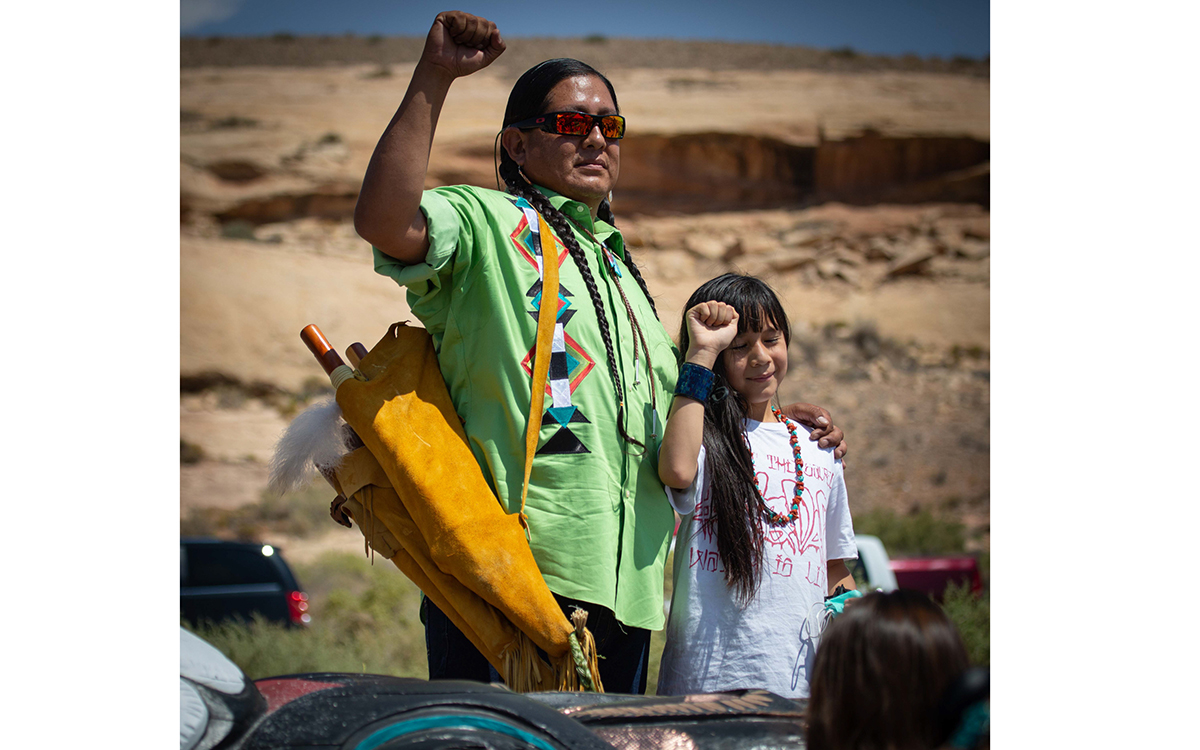
In December 2016, right before leaving office, President Barack Obama designated Bears Ears as a national monument and, in a historic move, promised to establish a lands comanagement model with the five tribes that advocated for the monument. In 2017, President Donald Trump reversed Obama’s designation and dramatically downsized the protected area. Since then, Native nations and environmental organizations like the Sierra Club have fought to restore Bears Ears National Monument. In June, Secretary Haaland recommended that President Joe Biden restore the original monument.
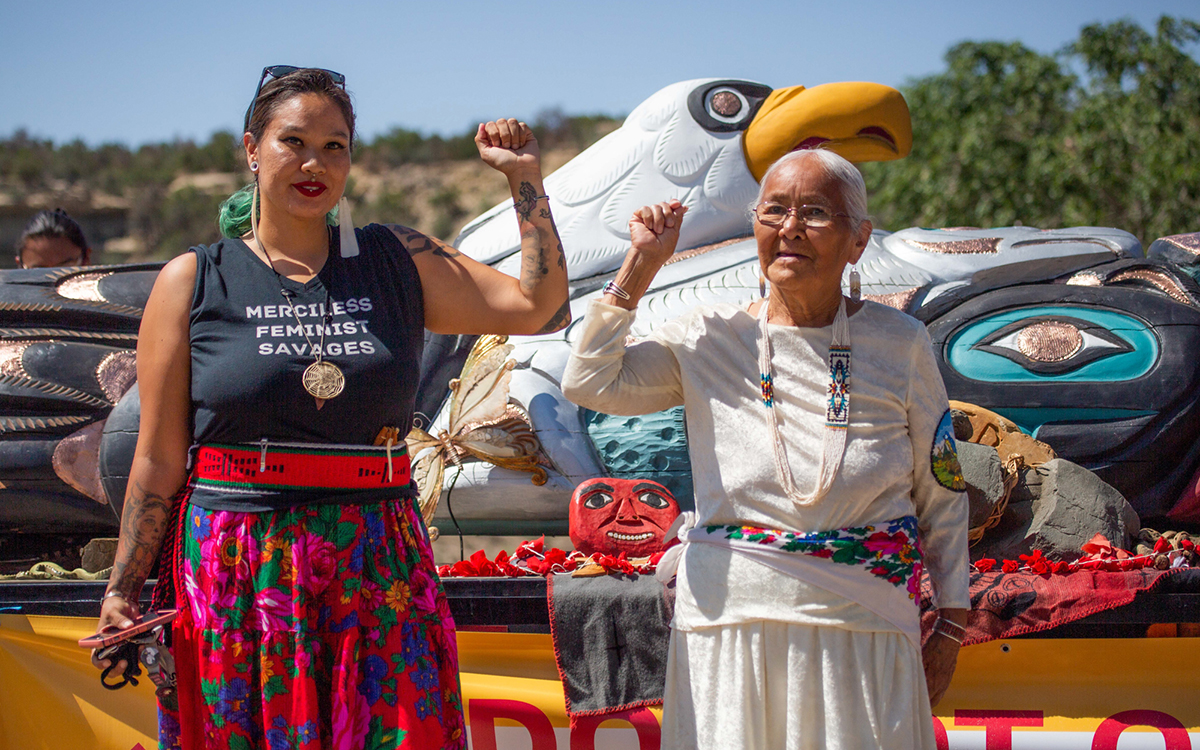
On July 17, the Lummi totem pole made it to Chaco Canyon, where organizers held an event to call attention to the oil and gas leasing that is increasingly encroaching upon the World Heritage Site. More than 90 percent of public lands in the greater Chaco area have been leased to oil and gas companies, whose routine operations threaten the countless cultural sites in the areas and the people, primarily Navajo (Diné), who live there today.
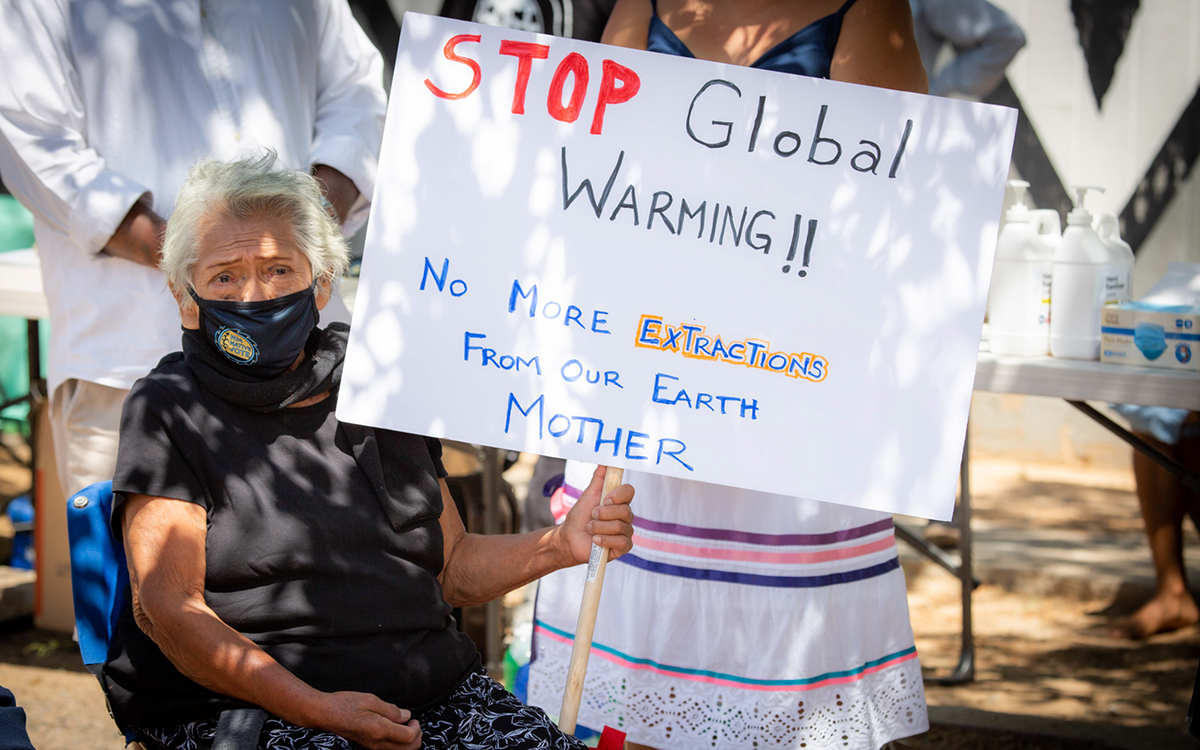
In addition to the threat posed to sacred and cultural sites in Greater Chaco, the oil drilling and gas fracking there also contribute to public health problems such as asthma and contaminated groundwater—an especially acute concern in an area where many families rely on wells for home use as well as for their livestock. And of course the fossil fuel extraction in the region also contributes to global climate change.
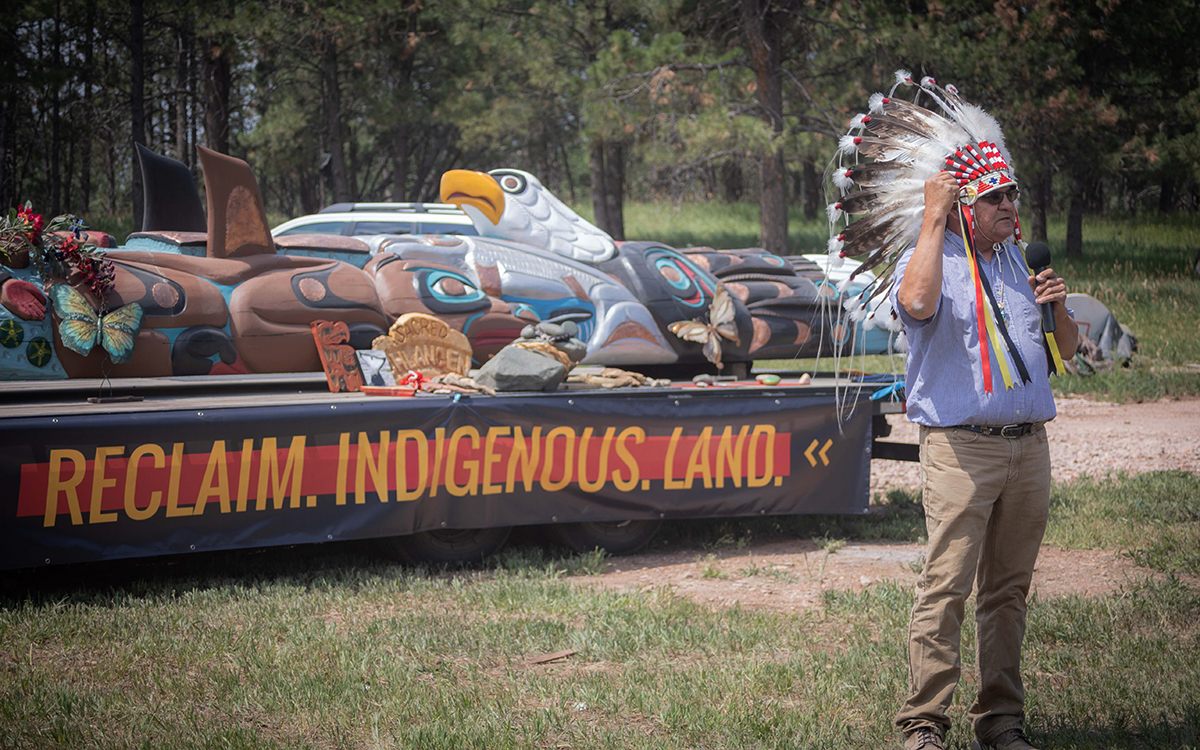
On July 21, the totem pole arrived at the Black Hills of South Dakota, or Paha Sapa in the Lakota language. At an event not far from Mount Rushmore—which Native Americans widely consider a desecration of a sacred place—speakers called for the Black Hills to be returned to the Lakota peoples.
The Lakota have never ceded the Black Hills—an area that the US government agreed to grant to the Lakota peoples under the Fort Laramie Treaty of 1868. In a Supreme Court decision in 1980, the justices ruled that the Black Hills had been unlawfully seized from the Lakota. “A more ripe and rank case of dishonorable dealings will never, in all probability, be found in our history,” Justice Harry Blackmun wrote.
The court awarded $106 million in damages to the Lakota—a sum that, due to compound interest, has since grown to roughly $1.5 billion. But the Lakota insist that, as they say, “the Black Hills are not for sale” and demand that the land be returned to them.
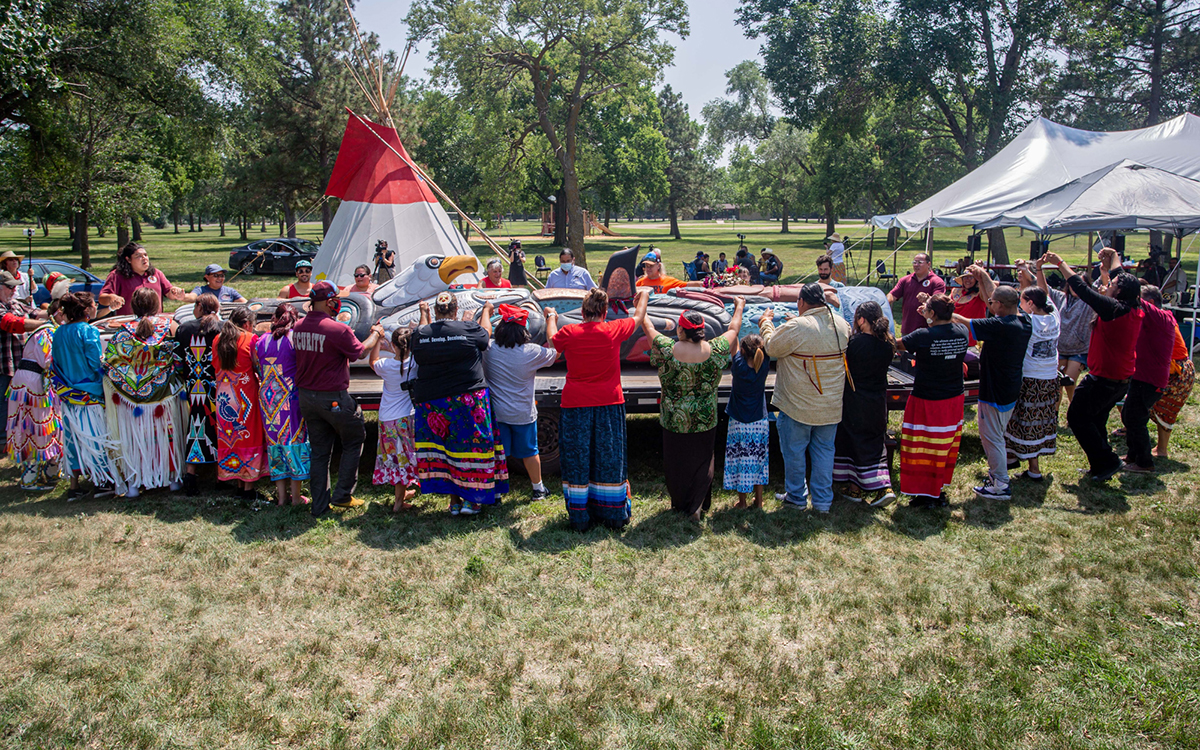
On July 22, the totem pole reached the banks of the Missouri River, or Mni Sosa. Grassroots activists within the Oceti Sakowin (a.k.a. the Great Sioux Nation, the tribal confederacy that includes the Dakota, Lakota, and Nakota) are pushing forward a movement to recognize the sovereignty of Mni Sosa—part of a larger movement to grant legal rights to nature.
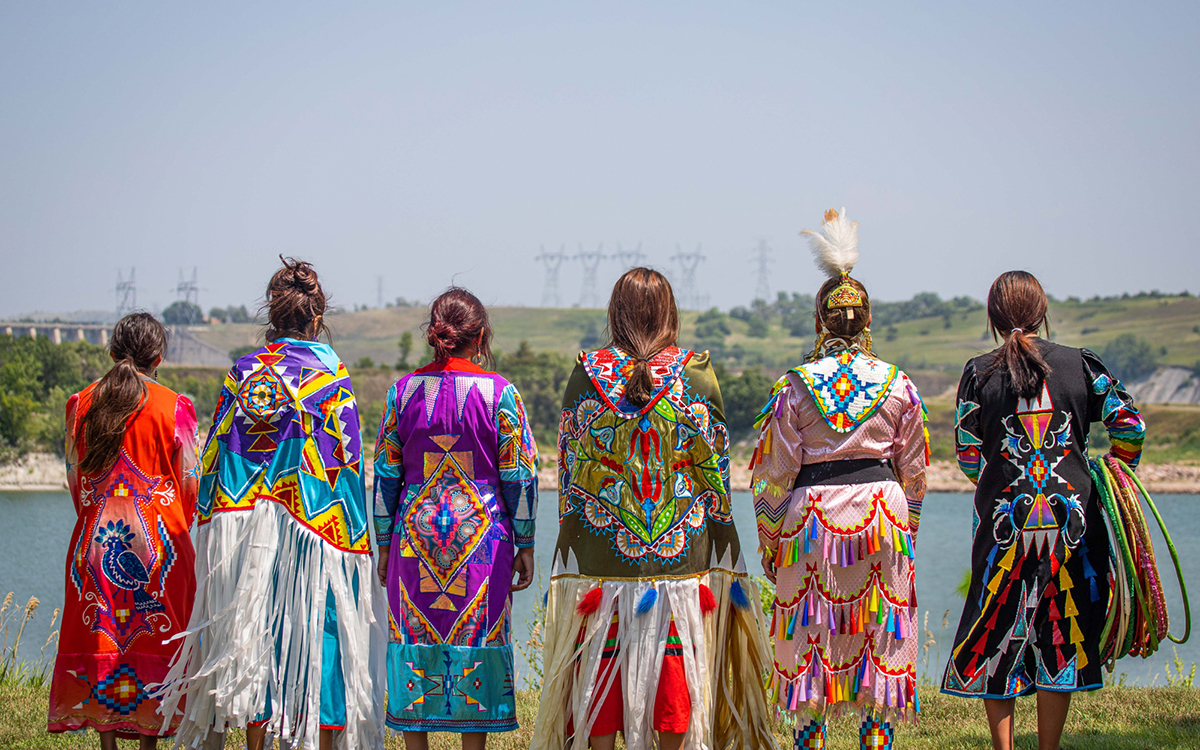
In the past 70 years, the Missouri River has been badly distorted by industrial development. A series of dams built in the mid-20th century flooded hundreds of thousands of acres—much of which were tribal lands. Coal plants and their associated high-voltage power lines necklace many sections of the river. Indigenous leaders in the area want to restore Native stewardship of the lands and waters near the river.
 The Magazine of The Sierra Club
The Magazine of The Sierra Club



